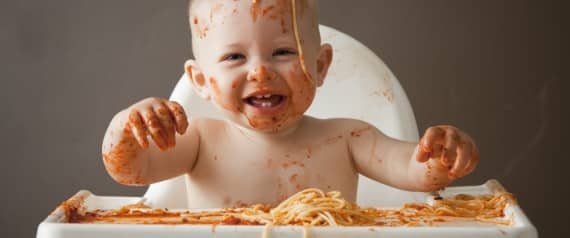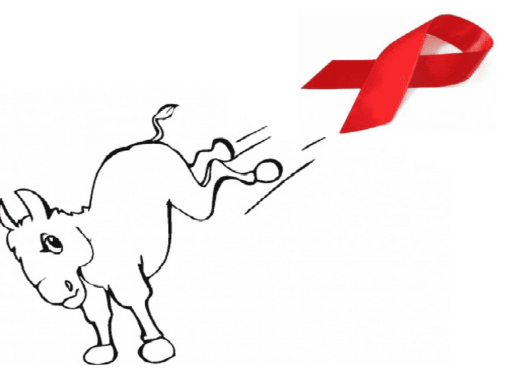The very common thing you will find in babies is that they play with their food when having food by themselves. Interestingly, a new study has found that those babies who play with their food while sitting in high chairs learn quicker than other babies.
Researchers have long known that babies learn language first by naming objects – table, chair, doggie, and so on. They know that by two and a half, babies have developed systems that help them understand new objects by relating them to things they know. But researchers from the University of Iowa were eager to know how fast or what are the factors that makes a baby learn something quickly.
So, they picked up some 16-month-old babies and placed some of them on high chairs and the rests at a table. Then researchers gave them 14 non-solid objects. Most of these non-solid objects were foods and drinks such as apple-sauce, pudding, juice, and soup. Interestingly, instead of saying the real name of the items, they said some made-up words like “dax” or “kiv” to toddlers. A minute later, they asked the toddlers to identify the same food in different sizes or shapes. The task required the toddlers to go beyond relying simply on shape and size and to explore what the substances were made of to make the correct identification and word choice. The researchers found that the children seated in a high chair were more apt to identify and name the food as they messed up with the food than those sitting at a table.
Larissa Samuelson, associate professor in psychology at the University of Iowa and one of the researcher ion the study said, “When babies are at home messing with their food, they’re also learning a lot. And when they come into the lab, they can show us what they know about non-solids. Playing at home is a way to learn. Babies seem to know about some of the physical properties of non-solids, but they don’t know the names for them. When young children messily eat and explore food at each meal, they are learning both about individual foods and also about non-solid substances more generally. Children may be doing more than just making a mess in the moment: they are forever changing their attentional biases and the way they will learn over development.”
Researchers have published their study in the Journal of Developmental Science.
Source: Journal of Developmental Science
Thanks To: PopSci
[ttjad keyword=”ps3″]




